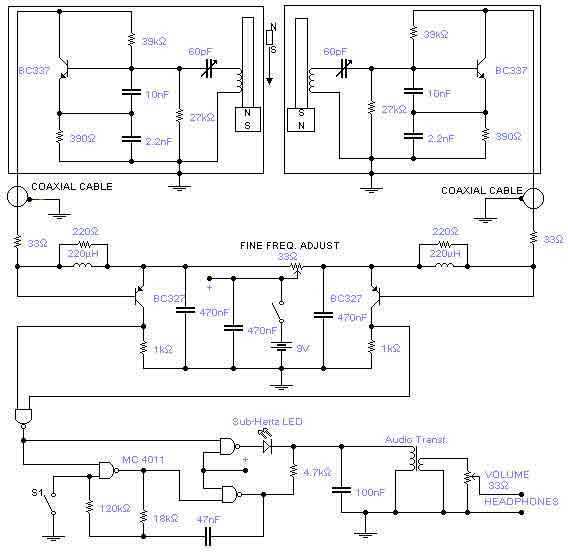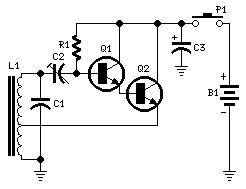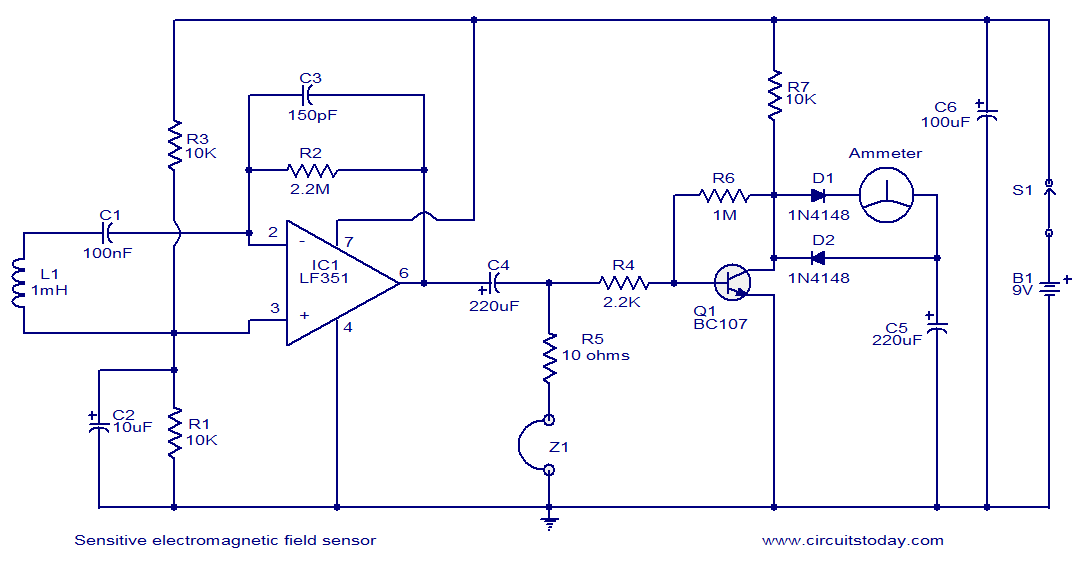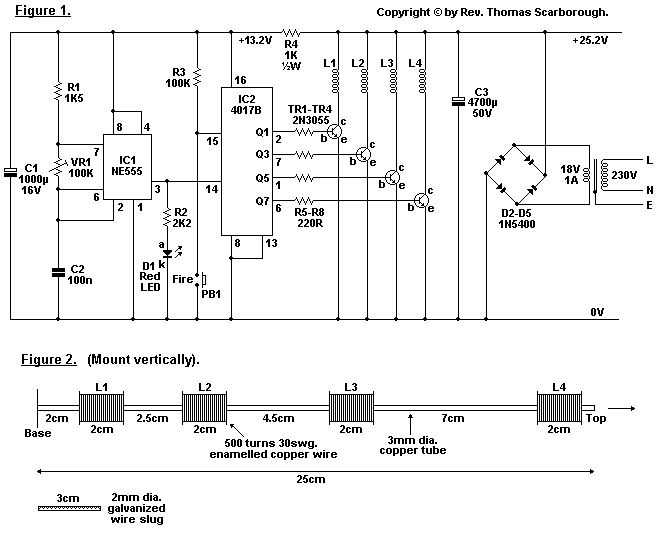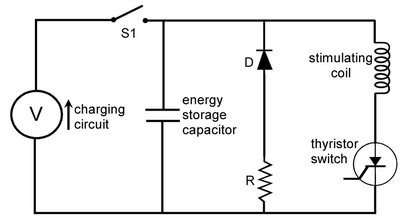
magnetic gun
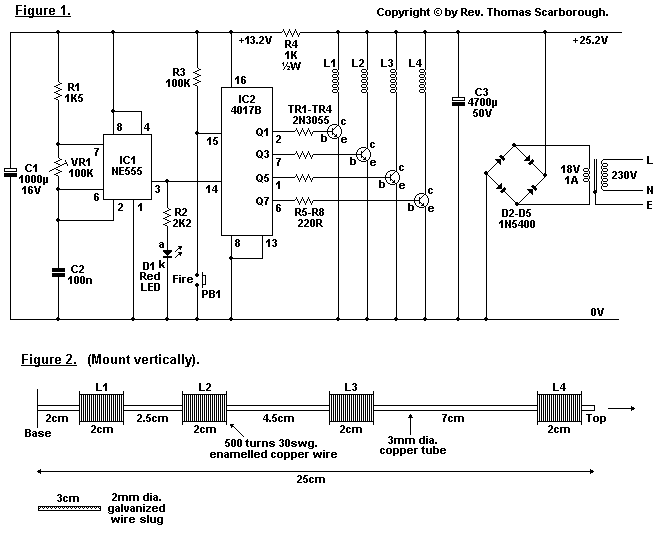
When optimally tuned, it will propel a small slug about 1.5 meters high or 2.5 meters horizontally.
The described mechanism appears to be a projectile propulsion system capable of launching a small slug, likely a lightweight object, to specific heights and distances. The system's performance is contingent upon precise tuning, which may involve adjusting various parameters such as pressure, angle of launch, and the mass of the slug.
In terms of electronic schematics, this propulsion system could be integrated with sensors and control circuits to enhance its functionality. For instance, a microcontroller could be employed to monitor the launch parameters in real-time, ensuring optimal performance. This microcontroller could interface with pressure sensors to measure the force applied to the slug, as well as an accelerometer to monitor the trajectory during the launch.
The propulsion mechanism could also benefit from a feedback loop, where data from the sensors is processed to adjust the launch parameters automatically. This would involve the use of actuators that can modify the angle of launch or the force applied, depending on the desired outcome. The circuit would include power management components to supply the necessary energy for the actuators and microcontroller, ensuring efficient operation.
In conclusion, the described propulsion system represents a sophisticated electronic design that leverages sensors, control algorithms, and actuators to achieve precise control over the launching of a small slug, with the potential for various applications in fields such as robotics, sports, or educational demonstrations.When optimally tuned, it will propel a small slug about 1.5 metres high, or 2.5 metres horizontally.. 🔗 External reference
The described mechanism appears to be a projectile propulsion system capable of launching a small slug, likely a lightweight object, to specific heights and distances. The system's performance is contingent upon precise tuning, which may involve adjusting various parameters such as pressure, angle of launch, and the mass of the slug.
In terms of electronic schematics, this propulsion system could be integrated with sensors and control circuits to enhance its functionality. For instance, a microcontroller could be employed to monitor the launch parameters in real-time, ensuring optimal performance. This microcontroller could interface with pressure sensors to measure the force applied to the slug, as well as an accelerometer to monitor the trajectory during the launch.
The propulsion mechanism could also benefit from a feedback loop, where data from the sensors is processed to adjust the launch parameters automatically. This would involve the use of actuators that can modify the angle of launch or the force applied, depending on the desired outcome. The circuit would include power management components to supply the necessary energy for the actuators and microcontroller, ensuring efficient operation.
In conclusion, the described propulsion system represents a sophisticated electronic design that leverages sensors, control algorithms, and actuators to achieve precise control over the launching of a small slug, with the potential for various applications in fields such as robotics, sports, or educational demonstrations.When optimally tuned, it will propel a small slug about 1.5 metres high, or 2.5 metres horizontally.. 🔗 External reference
